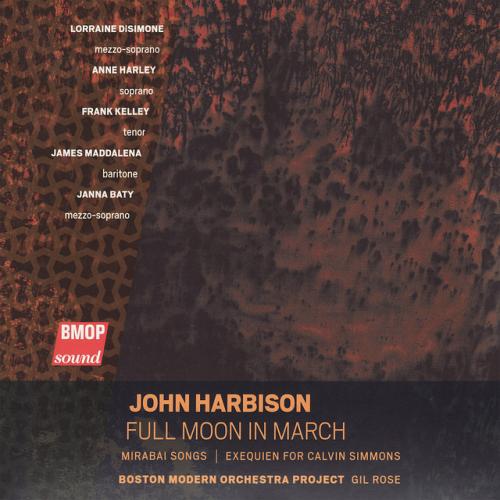
harder-edged version for voice and piano for a more insinuatingly atmospheric chamber ensemble. The winds and colorful pitched percussion lend the songs an even more aromatic, specifically Eastern/Indian cast. Harbison’s sense of drama is as important in his lyric works as in his operas. In Mirabai
Songs this quality finds its expression in the architecture of the piece—the wild mood swings from song to song, from the earthy and buoyant, the mocking “fun,” the “dancing energy” of “Why Mira Can’t Go Back to Her Old House,” to the sublime and urgent incantation of “Where did you go?” The cycle, more than the individual poems by themselves, is a marvelous character study of a complicated personality, someone whose religious devotion is not removed from herpassionate sexuality (like John of the Cross) or cheeky sense of humor. At the remarkable conclusion of “Why Mira Can’t Go Back,” she sings:
I take the old ecstatic path.
I don’t steal money. I don’t hit anyone. What will you charge me with?
I have felt the swaying of the elephant’s shoulders;
and now you want me to climb on a jackass?
Try to be serious.
The prickly, syncopated, staccato rhythms here, and the suddenly swaying melismas of the words “swaying” and “elephant’s,” embody Harbison’s kinesthetic identification with Mirabai’s physical being, especially the contrary impulses of the hieratic and the colloquial, which are the heart of the cycle. Each of the six songs is dedicated to a different singer, and so ideally each new performer should bring six different temperaments, personalities, and vocal qualities to the cycle. All of Harbison’s vocal music offers rich musical and dramatic opportunities for its singers.
© 2009 Lloyd Schwartz


